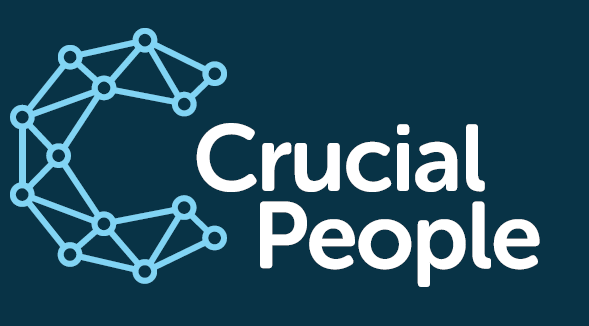Mastering New Employee Onboarding
Started is not onboarded and it is definitely not embedded
You've successfully recruited a new hire—congratulations! But hold off on the celebrations; the journey has just begun. Effective onboarding is your secret weapon for retention and engagement.

The Importance of Onboarding
The onboarding process is more than just a series of administrative tasks; it's the first step in a long-term relationship between an employee and a company. A well-executed onboarding plan can be the difference between a disengaged employee and a fully integrated team member. This is where our 30, 60, 90-day check-in plan comes into play. It can make the difference between a disengaged employee and a fully integrated team member.
Pre-Boarding: The Prequel to Success
Before the employee's first day, the pre-boarding phase lays the groundwork for successful onboarding. Ensuring a ready workspace and tech setup smooths the way for day one. A personalised welcome email from the line manager outlines the agenda and introduces key team members, easing first-day nerves. Lastly, a casual chat one to two weeks prior answers initial questions and makes the new hire feel valued and informed.
Welcoming: The First Impression
The first day sets the tone for an employee's entire experience. A warm welcome isn't just polite; it's a crucial part of making new hires feel valued and engaged from day one. This is the first step in a process that goes beyond mere onboarding—it's about embedding new hires into the fabric of your company.
The 30-Day Check-In: Laying the Foundation
The 30-day mark is a critical point for assessing initial impressions, role understanding, and immediate training needs. It's not just about ticking boxes; it's about engaging the new hire in a meaningful way. This is also the time to start discussing cultural alignment and team fit, ensuring that the new hire not only understands the company culture but also feels a part of it.
The 60-Day Check-In: Adaptation and Alignment
By the 60-day mark, the new hire is getting more comfortable but might still have gaps in their skills or understanding of the company culture. This check-in is about identifying those gaps and filling them. It's also an opportunity to discuss career development, laying the groundwork for long-term engagement.
The 90-Day Check-In: From New Hires to Team Champions
The 90-day check-in is where you start to see the return on your onboarding investment. By now, new hires should be fully integrated into their teams and aligned with the company culture. This is the time to transition them from being new hires to becoming champions—or even ambassadors—for your company.
What's In It For Me (WIFM)?
Make sure their onboarding process isn't jut what they need to do for you. They need to understand and see the value for them. Employees are more likely to be engaged when they see the direct benefits to them—whether it's career development, skill-building, or opportunities for advancement. The WIFM factor should be a thread that runs through your entire onboarding process, from the 30-day check-in right through to career development discussions at the 90-day mark and beyond.
The impact
Effective onboarding is an ongoing commitment. By getting it right, you're not just retaining talent—you're creating brand advocates for your company. Far from a one-and-done task; it's a continuous process that evolves over time.
The 30, 60, and 90-day check-in plan is a framework that helps you not just onboard new hires, but also engage them, align them culturally, and embed them into your team for the long term. By focusing on these key milestones, you're not just retaining talent; you're creating ambassadors for your company culture and champions for your brand.
If you would like a copy of our FREE onboarding and 30/60/90 day onboarding plan fill in the form below.
Onboarding Checklist Request











